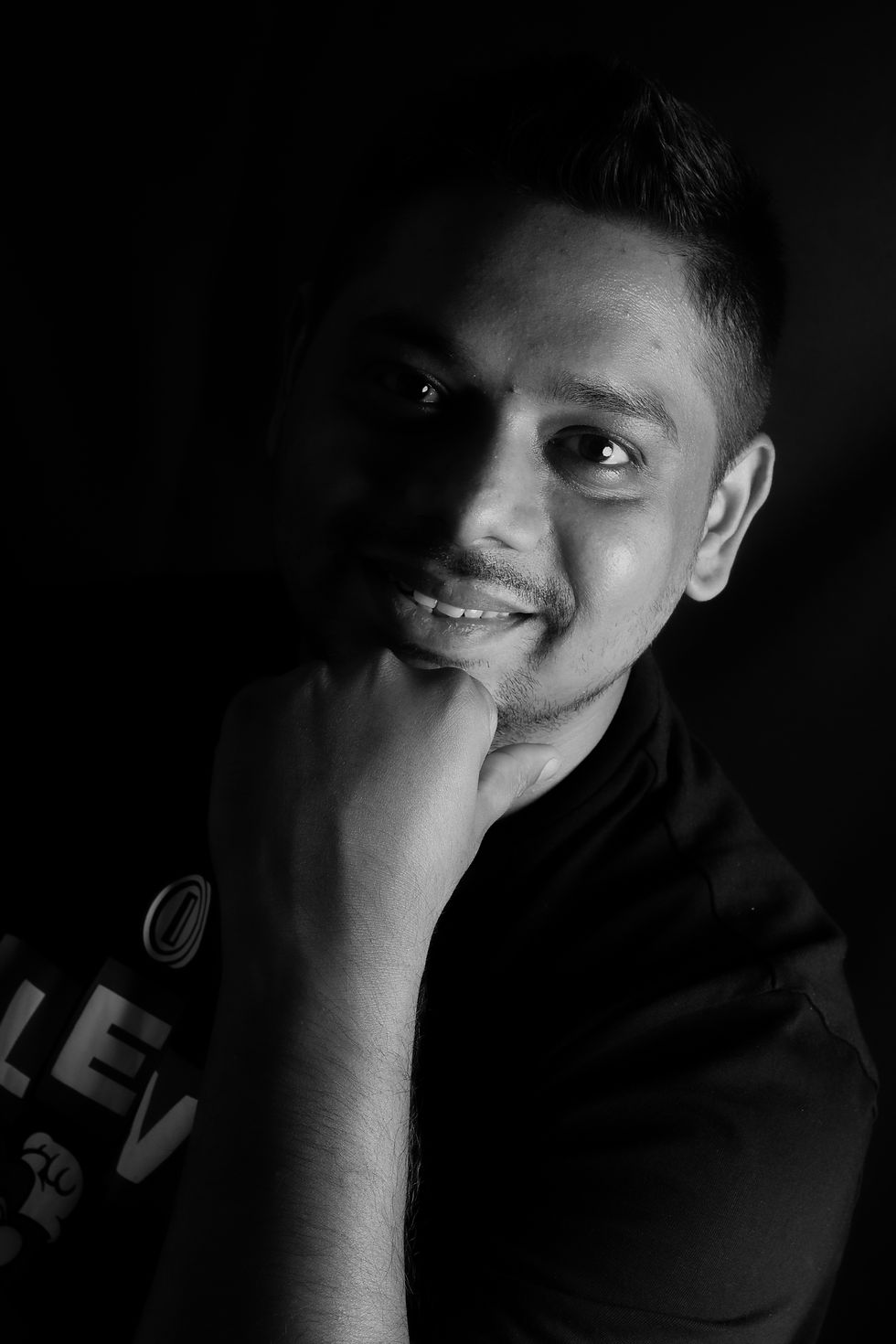Importance of Light in Photography…
- Rahul Borges

- May 16, 2021
- 3 min read
We all know that during the time of film, light used to touch the film surface and that is how the film was exposed. People born in the 90’s and before can recall, how many a times when a picture was taken it would show up, as a completely black negative, this was mainly due to access light used, to touch the surface and it used to overexpose the film. In simple words, light used to enter the camera through the lens (in a controlled manner, by the aperture), it used to travel through the camera and hit the film, the amount of time the light was allowed was through the shutter flaps, also commonly known as shutter speed.
But then you will ask me doesn’t the entire game change in digital photography? The answer is simply ‘NO’, the basics of photography has never changed be it film, instant film or a digital sensor. The light still travels through the lens and touches the sensor instead of the film.
And that is the basic importance of light in photography…

The light plays an important role, in the final outcome of your image. Have you ever wondered why at times, the actual color of the object varies from the color you see in the picture? That is due to the color rendering by the camera, which you have set for that particular object which is in technical terms is called ‘White Balance’, let us leave this topic for another time, and focus, on the ‘light’ aspect of the picture. The color change happens due to the angle at which the light falls on your object and reflects back at the camera may vary, and that is the cause of color difference.
Photographers use this to their advantage to bring out the texture of design in a fabric or even flatten the skin tone in a cosmetic ad, that is the secret of those beautiful, flawless skin tones. This is also used extensively for landscapes to show different layers in a scene. It is also used to bring life to your images, by reflecting light at different angles.
Your next question would be ‘What does light have to do, with a beginner like me?’
It is very important you understand lights in photography, even if you are just a beginner or a hobbyist, this will help you move to the next level or better your photography skills, even though it is a complex subject, it is very easy to understand. Light travels in a straight line and reflects from an object, creating an image which is stored as a photograph. Now the direction at which the light comes and falls on the subject is important.
If the light comes from behind the subject, it will overpower the details of the subject giving you a silhouette image, this is mainly used for more artistic forms of photography during weddings, especially if you can create a smoke like effect, which looks absolutely beautiful.
If the light is coming from front of the object or subject, it will give you a much flattened image, this is normally used in fashion photography, product photography, weddings. The photographer uses the flash above his camera to hide away and defects.

If light falls from the sides of the object or subject, this kind of lighting is a little complex, since you have to angle the light/lights in such a way the subject is half lit, full lit or partially lit. It is very important for a photographer to understand in advance what he or she wants to showcase in the picture. This kind of photography is used for portraits or fashion photography, these days photographers even use this technique in weddings but need to be aware of time constrain.
I could go on with the numerous types of lighting techniques, which I have understood and learnt throughout my photography career of 12 years, and still learning on a daily basis. Whatever you do, it is always a learning lesson, understand your mistakes and better your skills the next time you have fun taking pictures.
If you want to learn more about photography, I have some workshops for you, mail me directly on sbmemoriez@gmail.com or Whats app me on +91 9321680494 for more details.



Comments